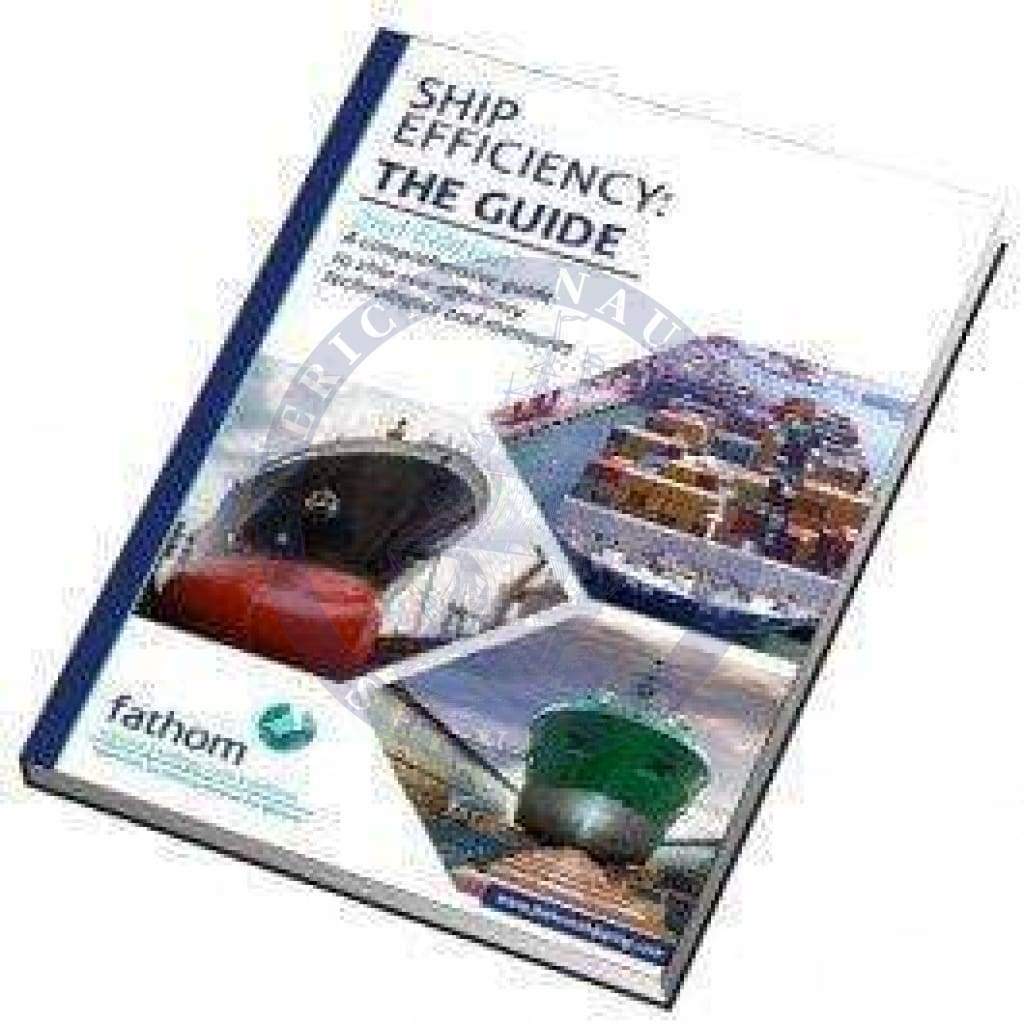Xi Welcome
Howard Fireman, Vice President, Operational and Environmental Performance, American Bureau of Shipping
Xii IMO’s work on ship efficiency
Andreas Chrysostomou, Chairman,
Marine Environmental Protection Committee
Xiii Ship emission regulation
BIMCO
Technical chapters
1. Ship design
2. Propulsion
3. Machinery
4. Strategies
5. Monitoring
6. Scrubbers
The Directory
1. Ship Design
1.1 Operations
1.1.1 Whole of Ship Designs
1.1.2 Larger Ships
1.1.3 Optimisation of Ballast and Trim
1.2 Technology
1.2.1 Optimisation of Hull Dimensions
1.2.2 Optimisation of Hull Openings
1.2.3 Shaft Line Arrangement
1.2.4 Bulbous Bow
1.2.5 Optimisation of Propeller/
Hull Interface
1.2.6 Lightweight Construction
1.2.7 Air Lubrication
1.2.8 Design Speed Reduction
1.2.9 Liquefied Natural Gas (LNG)
1.2.10 Aerodynamics of Superstructure
2. Propulsion
2.1 Operations - Propulsion Efficiency
Monitoring with Condition
-based Maintenance
2.2 Propulsion Upgrades – Retrofit
2.3 Rudder Modifications
2.3.1 Costa Bulb
2.3.2 Optimised Rudder
2.3.4 Rudder Fins
2.3.5 Vortex Generator Fins
2.4 Propeller Modifications
2.4.1 Advanced Propeller Blade Sections
2.4.2 Nozzles
2.4.3 Nozzles and Ducts
2.4.4 Propeller Boss Fin Cap
2.4.5 Propeller Adjustments
2.5 Propulsion Upgrades – Newbuild
2.5.1 Wing Thrusters
2.5.2 Contra-Rotating Propellers
2.5.3 Pulling Thrusters
2.5.4 Electric Grid Systems
2.6 Additional Propulsion Methods -
Wind Power
2.6.1 Towing Kites
2.6.2 Fixed Sails
2.6.3 Flettner Rotors
2.6.4 Traditional Sailing Ships
2.7 Additional Propulsion Methods - Other
2.7.1 Batteries and Fuel Cells
3. Machinery
3.1 Technology
3.1.1 Main Engine Adjustments
3.1.2 Diesel-Electric Drive
3.1.3 Main Engine Tuning
3.1.4 Advanced power management
3.1.5 Speed Control of Pumps and Fans
3.1.6 Enhanced Power Management
3.1.7 Hybrid Auxiliary Power
3.1.8 Waste Heat Recovery (WHR)
3.1.9 Reducing On-board Power Demand
3.1.10 Solar Power
4. Strategies
4.1 Operational
4.1.1 Voyage Optimisation
4.1.2 Weather Routing
4.1.3 Increase Cargo Load Factor
4.2 Technology
4.2.1 Hull Surface Coating
4.2.2 Hull Cleaning
4.2.3 Fuel Additives
4.2.4 Engine Lubricants
4.2.5 Water Emulsion Fuel
4.2.6 Catalysts
4.2.7 Biofuels
5. Energy Management Software Solutions
5.1 Overview of Energy Management
Software Solutions
5.2 Comprehensive Energy Management
Software Solutions
5.3 Fleet Performance
5.4 Engine/Machinery Monitoring
5.5 Hull/Propeller/Rudder Monitoring
5.6 Crew Training
6. Scrubbers
6.1 Exhaust Gas Cleaning Systems
6.1.1 Introduction
6.1.2 Regulatory Background
6.1.3 Return on Investment
6.1.4 Types of Exhaust Gas Cleaning Systems
6.1.5 Operating Considerations
6.1.6 Certification
6.1.7 Selective Catalytic Reduction Systems
6.2 System Providers








